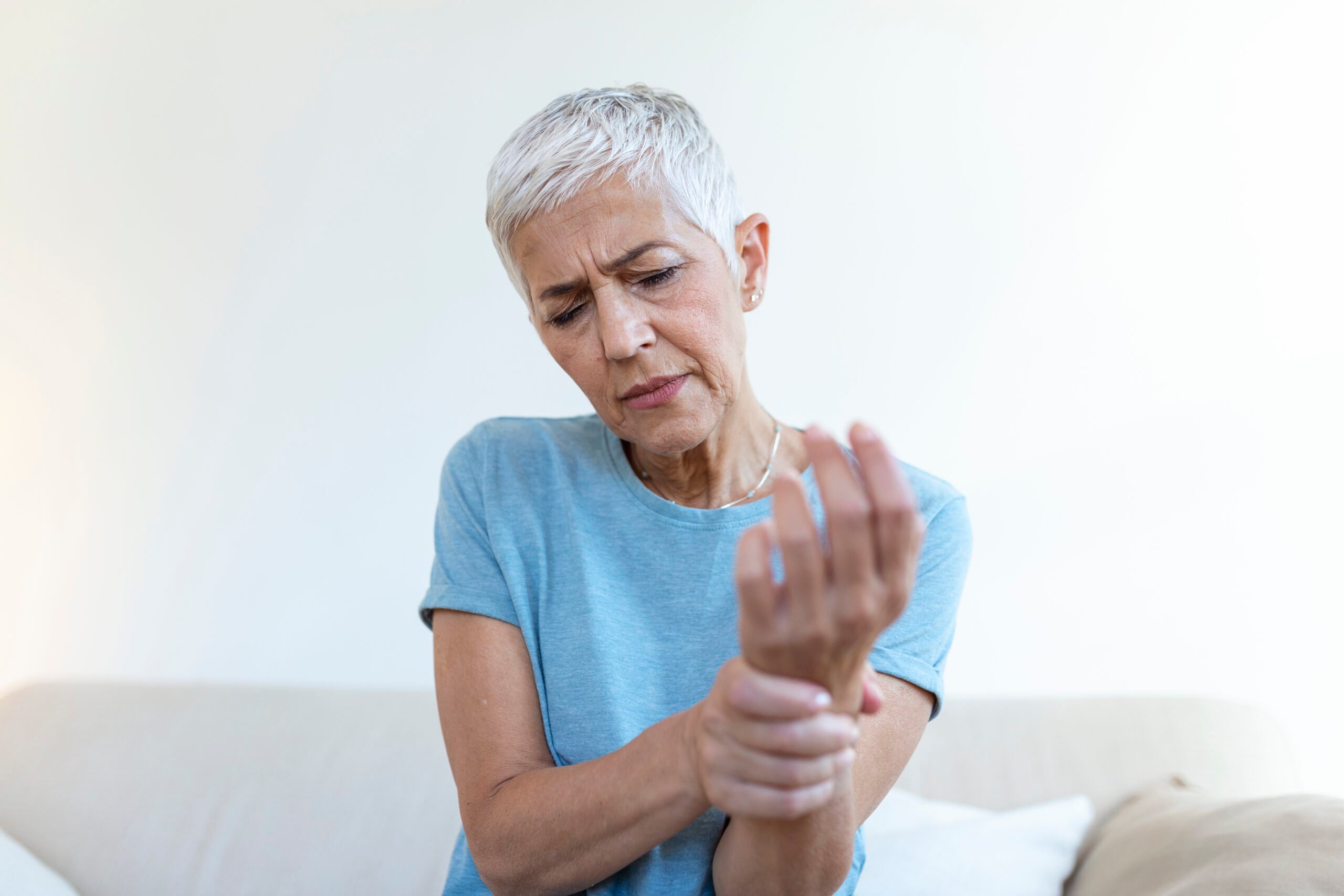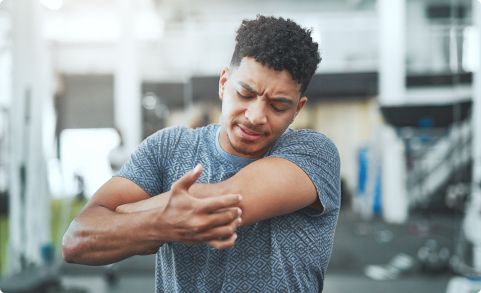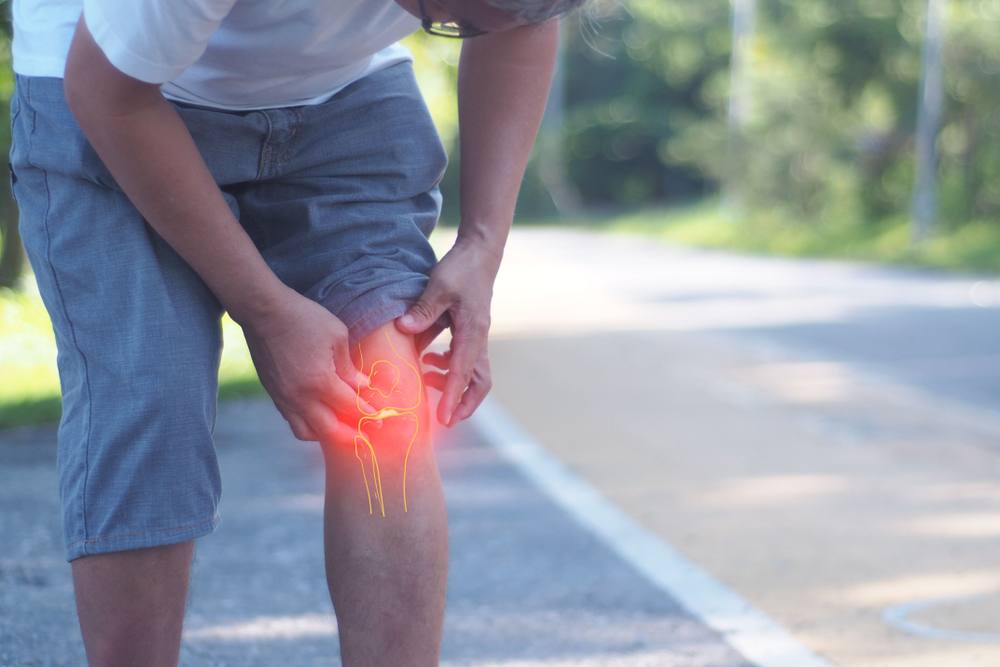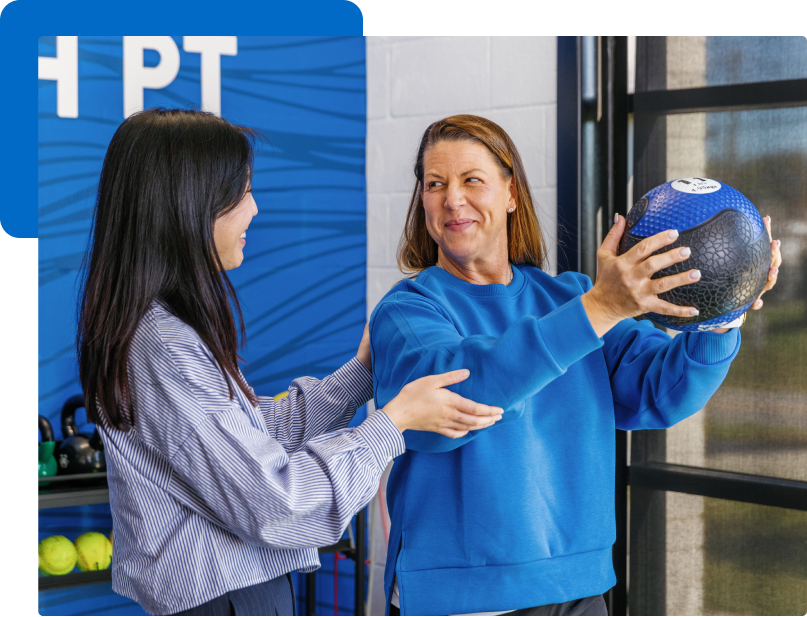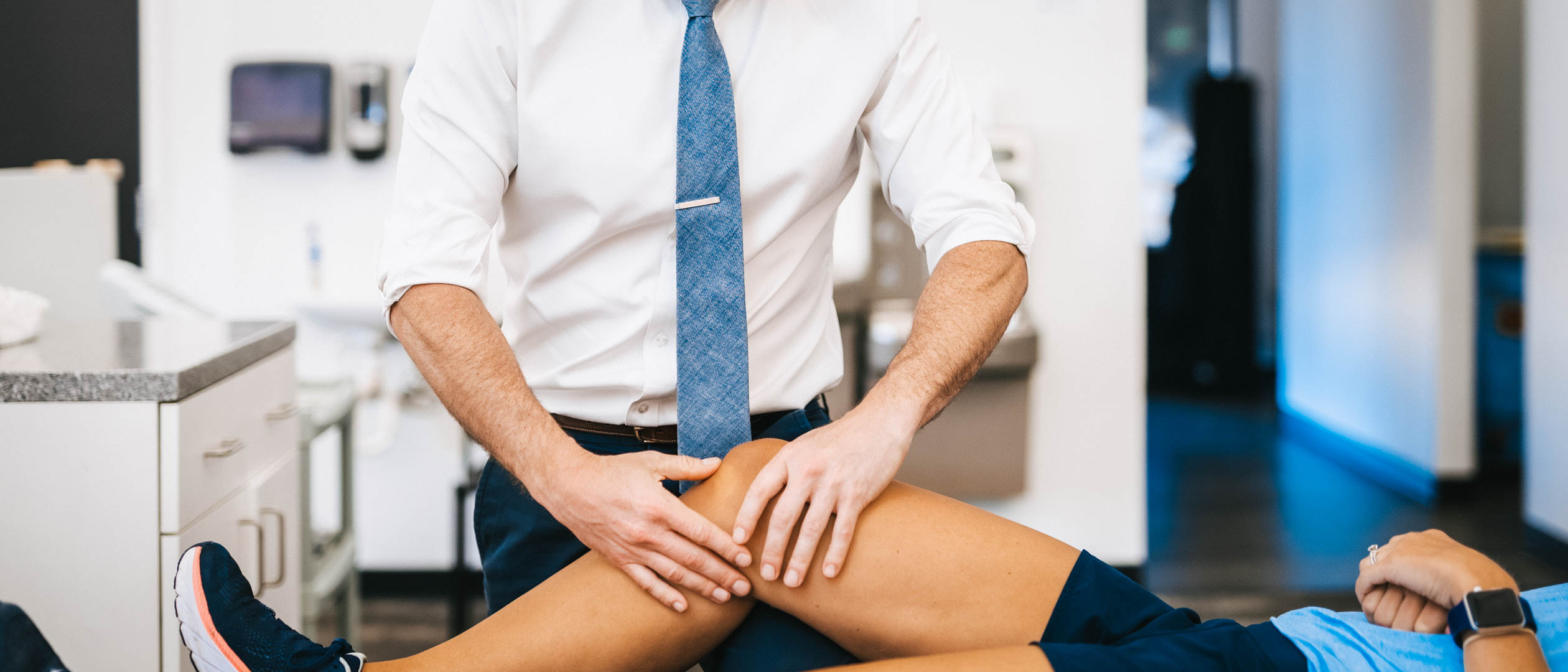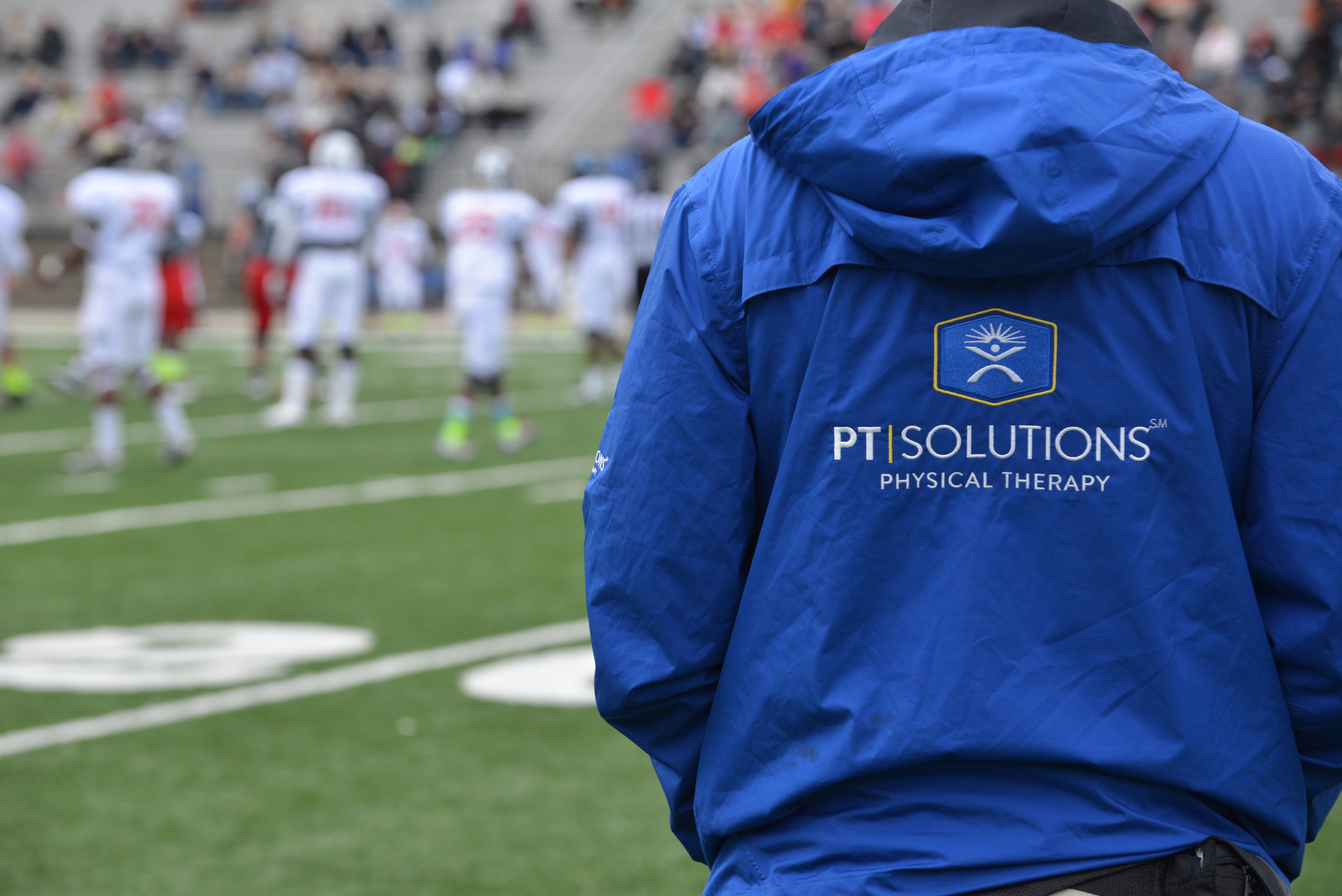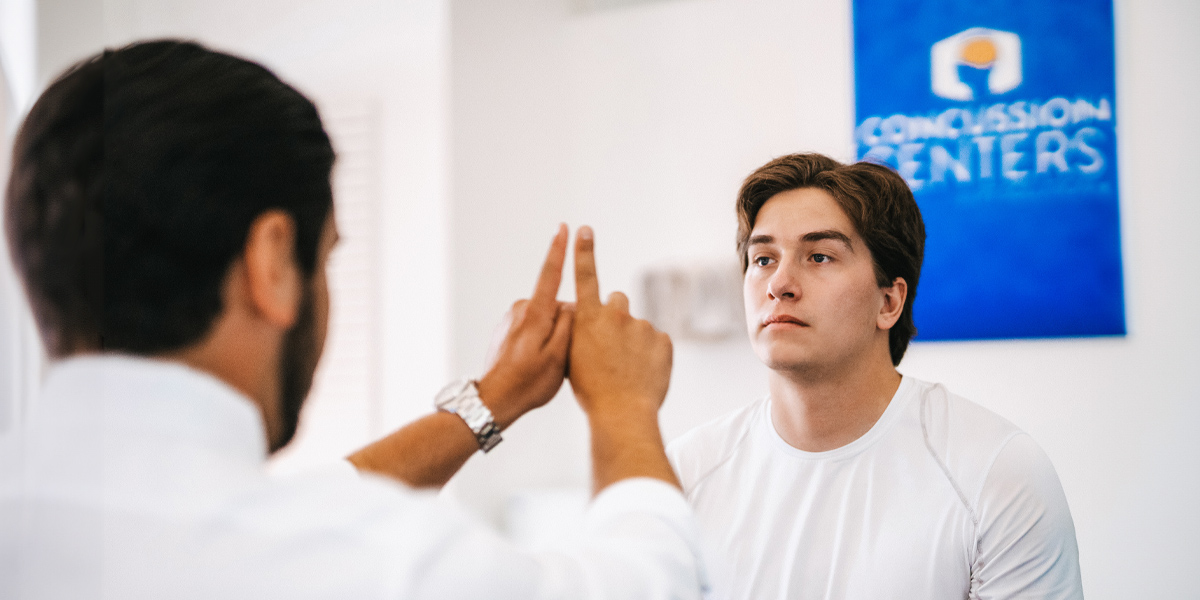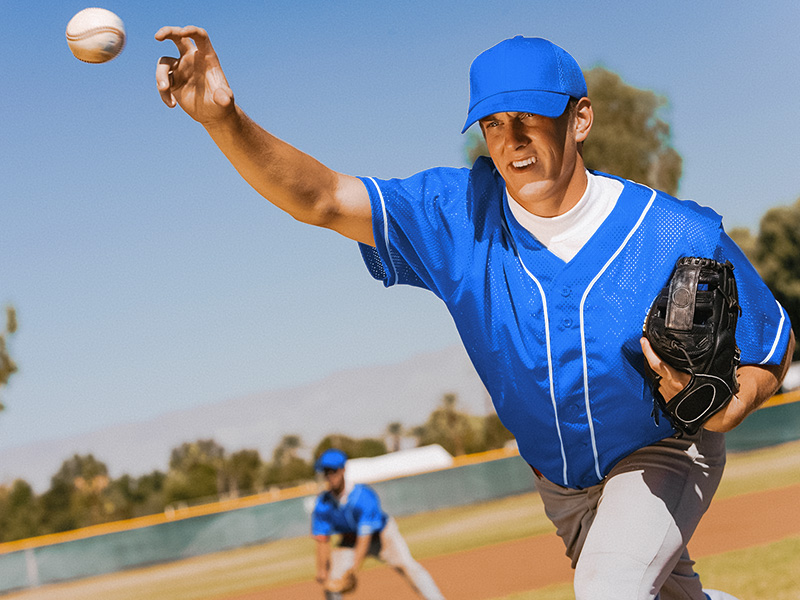
Understanding Ligament & Muscle Injuries
What Are Sprains & Strains
A sprain is a stretched or torn ligament that connects bone to bone. A strain is a stretched or torn muscle or tendon that connects muscle to bone. Both can happen with slips, awkward landings, quick direction changes, or lifting and reaching under load.
Common causes:
- Sudden twist or misstep during sport or daily activity
- Fall on an outstretched hand or a hard plant and pivot
- Reaching or lifting more than the tissue can handle
- Fatigue, worn footwear, or poor balance on uneven ground
If you want hands-on guidance, our team will tailor a physical therapy plan to help you know where to start and what to expect throughout your recovery.
